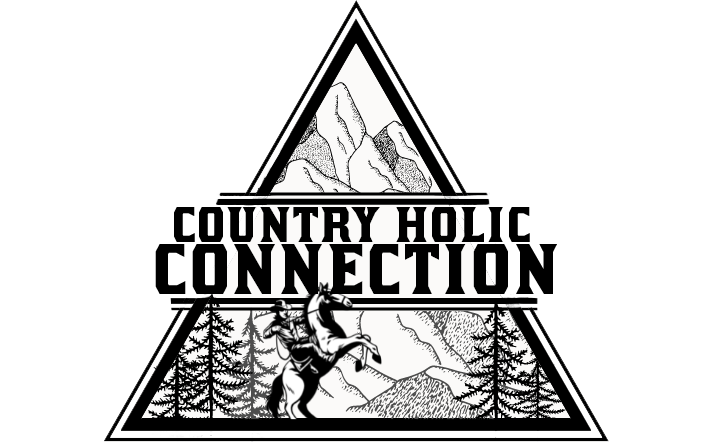Micronutrients in animal feed are necessary for the health of animals and are the key to a healthy livestock industry. Micronutrient deficiency and dietary imbalances, with high economic costs, affect most animal species worldwide. This article provides an overview of micronutrients, discusses the causes of micronutrient deficiency, provides a brief overview of the need for micronutrients, and describes methods to prevent deficiency.
What is Animal Feed Micronutrient?
Animal feed micronutrient deficiencies can cause significant health and environmental problems. In the US, 24 million cattle are deficient in iron, 22 million in vitamin E, and 18 million in zinc. One common reason for these deficiencies is low levels of micronutrients in the feed.
Micronutrients are essential nutrients for plants and animals. They play a role in growth, metabolism, and immune system function. Inadequate levels of micronutrients can lead to diseases in both humans and livestock.
Many animal feeds contain high nitrogen levels (N), which is necessary for plant growth but can pose a challenge when providing enough micronutrients. By supplementing feed with certain micronutrients, farmers can improve the nutritional quality of their products while also helping to manage N levels.
Classes of Micronutrients:
There are five major classes of micronutrients:
- Phosphorus (P),
- Potassium (K),
- Magnesium (Mg),
- Sulfur (S)
- Nitrogen (N)
Each has unique functions within the body that are necessary for average growth and development. Micronutrient deficiencies can arise from a lack of one nutrient or an imbalance among different nutrients.
The most common sources of deficiency-causing nutrients are grains, legumes, and vegetables. Animal feeds often contain lower levels of critical minerals such as phosphorus, potassium, magnesium, and zinc than these plant-based foods. This means that when animals consume meal containing these essential minerals.
Why Does a Mineral Deficiency Occur?
Animal feed is deficient in certain minerals and vitamins if it does not contain these nutrients as additives. Mineral deficiencies are most common in grains, while vitamin deficiencies are most common in ruminants.
Mineral deficiencies can occur when the animal feed only contains a small amount of a particular mineral. For example, corn may be deficient in zinc because it is not typically added to the meal as an additive. Deficiencies of other minerals can also be caused by environmental factors (for example, low levels of available phosphorus), eating disorders (a cow that is not getting enough calcium), or disease (for example, a horse with colic may have a shortage of magnesium).
Vitamin deficiencies can also be caused by eating disorders or diseases but more commonly occur when the animal feed does not contain any of the eight essential vitamins. Animal feed typically contains additives that provide these nutrients, so vitamin deficiencies are less common. However, some ruminant animals, such as goats and cows, can lack one or more essential vitamins.
Conclusion
Animal feed manufacturers have been struggling with the increasing demand for meat and dairy products while also trying to meet strict government regulations on the number of certain nutrients that can be included in animal feed. One such nutrient is phosphorus, which is essential for plant growth and is often found deficient in the feed fed to livestock. In some cases, phosphorus deficiency has been linked to many health problems in livestock, including liver disease, reproductive problems, muscle weakness, and blindness.
